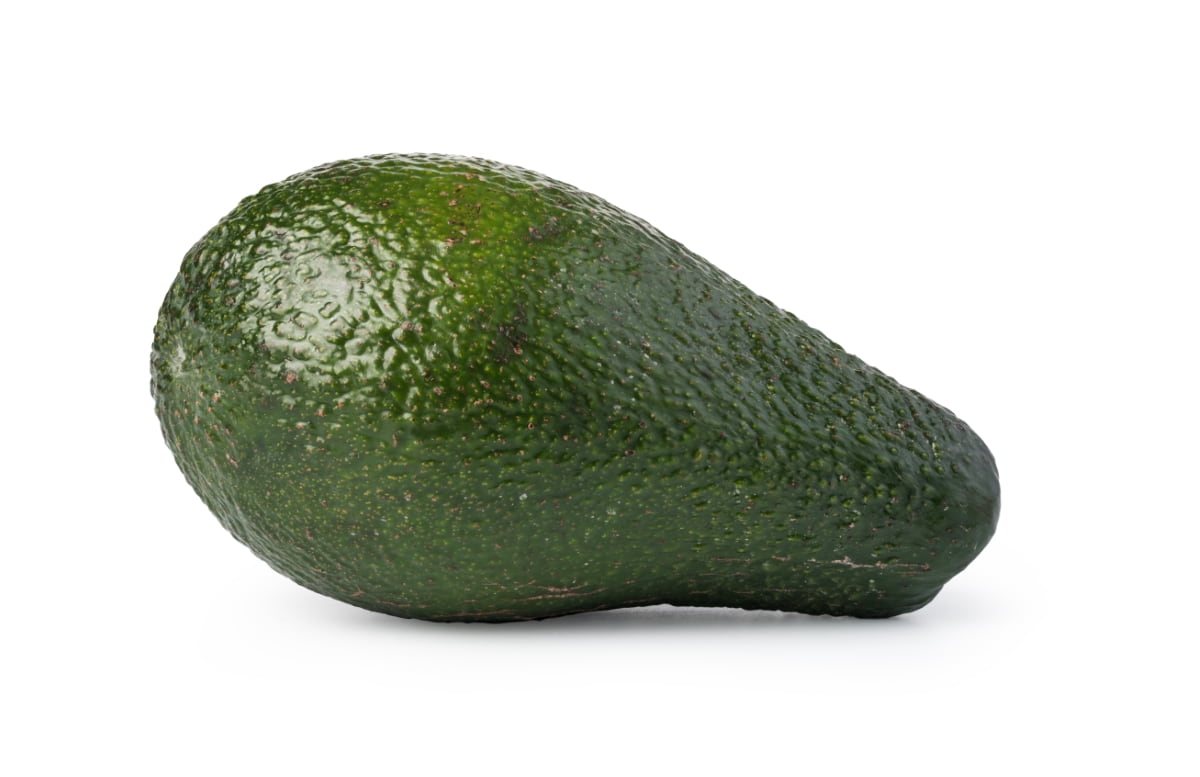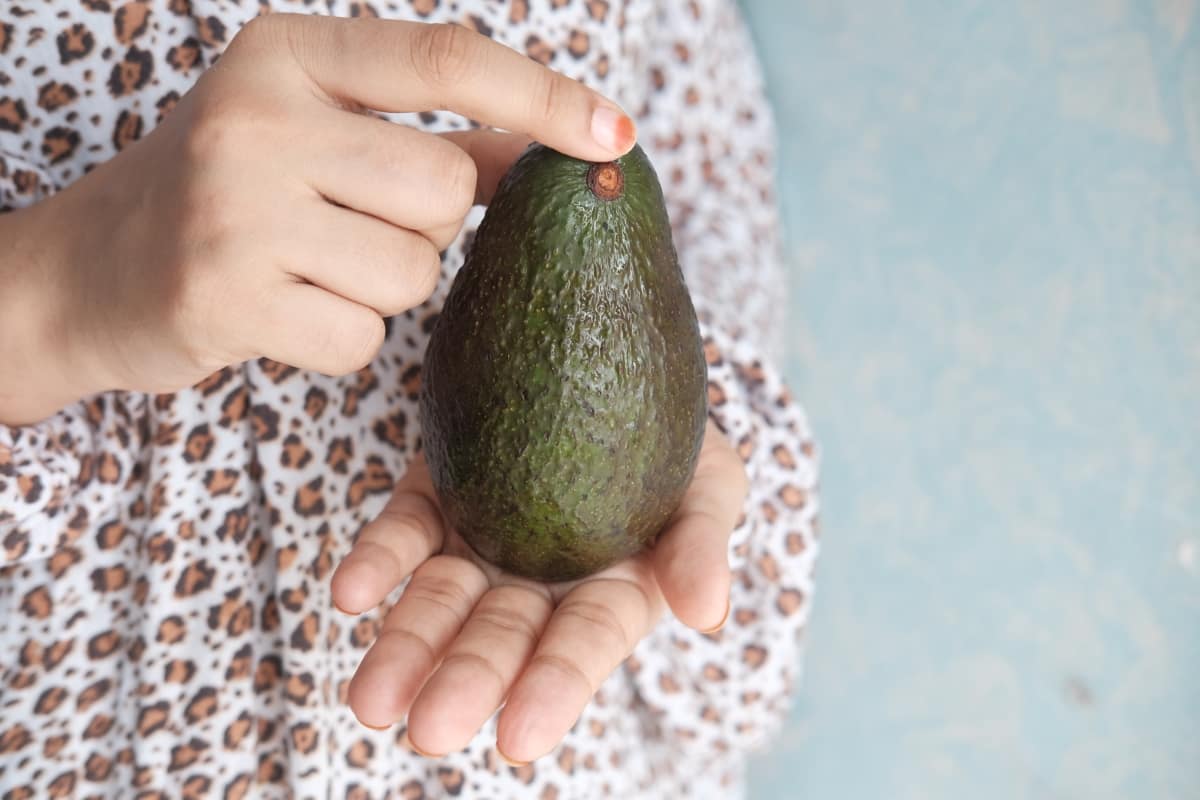Introducing the Queen Avocado, a prized variety known for its creamy texture and rich flavor. This avocado planting guide will delve into every aspect of cultivating these regal fruits, from selecting the perfect planting site to nurturing healthy trees and maximizing yield. Whether you’re a seasoned gardener or a novice enthusiast, this comprehensive manual offers step-by-step instructions, insightful avocado tree maintenance tips for queen avocado growing, and expert advice to ensure your Queen Avocado trees thrive.

Growing Queen Avocado
Basic Information About Queen Avocado
| Queen avocado tree height | 20-25 feet |
| Queen avocado taste | rich and nutty, somewhat like Hass |
| Queen avocado tree size | Medium to large |
| Queen avocado cold tolerance | -4°C, Not cold hardy, sensitive |
| Hardiness zone | USDA Zones 4-9 Patios / 9-11 Outdoors |
| Queen avocado season | Typically fall to winter |
| Queen avocado price | $25 to $30 per plant |
Choosing the Right Location for Queen Avocado Tree
Select the ideal location for your Queen Avocado tree for its health and productivity. Begin by choosing a spot with well-drained soil with rich in organic matter and has a pH level between 6 and 7. Avocado trees thrive in full sun, so ensure the chosen area receives at least 6 to 8 hours of direct sunlight daily. Also, consider the tree’s mature size and ensure it will have ample space to spread its branches without obstruction from buildings or other trees.
Planting Queen Avocado Seeds
- Begin by carefully removing the seed from a ripe Queen Avocado fruit, rinsing it to remove any remaining flesh, and drying it thoroughly.
- Next, insert several toothpicks around the middle of the seed, suspending it with the narrower end facing upward in a glass or jar filled with water. Ensure the bottom of the avocado seed remains submerged while the top remains dry.
- Place the container in a sunny location and change the water regularly to prevent mold growth. After several weeks, the seed will split, and a root will emerge from the bottom.
- Once the root is several inches long, transplant the seed into a pot filled with well-draining soil, leaving the top half of the avocado seed exposed. Thoroughly water the soil and place the pot in a warm, sunny spot indoors.
Watering Tips for Young Queen Avocado Plants
- Maintain consistently moist soil for young avocado plants.
- Water deeply to encourage deep root growth. Apply water slowly, allowing it to penetrate the soil deeply rather than pooling on the surface.
- Young avocado plants typically require more frequent watering, especially during hot or dry weather. Monitor soil moisture levels regularly and adjust watering frequency as needed.
- While consistent moisture is important, avoid overwatering, as this leads to root rot and other issues. Ensure proper drainage to avoid water from accumulating around the roots.
Best Fertilizers for Queen Avocado Trees
- Organic Options: For organic queen fertilizing, opt for organic fertilizers like vermicompost, aged manure, and fish emulsion to provide slow-release nutrients and improve soil structure.
- Specialized Avocado Fertilizers: Commercial fertilizers formulated specifically for avocado trees are available and often contain balanced ratios of essential nutrients.
- Slow-Release Fertilizers: Granular slow-release fertilizers provide nutrients gradually over an extended period, reducing the risk of nutrient leaching and ensuring consistent feeding.
- Micronutrient Supplements: Consider using micronutrient supplements or foliar sprays containing zinc, magnesium, and other trace elements to address any deficiencies and support overall tree health.
Pruning Techniques for Queen Avocado Tree
- Regularly inspect the tree for dead, damaged, or diseased branches and promptly prune them back to healthy wood to prevent the spread of disease and improve overall tree vigor.
- Avocado trees tend to grow tall and narrow, so prune to encourage a balanced canopy and manageable size. Aim for an open, vase-like shape to allow sunlight to pass all parts of the tree.
- Pruning avocado trees during the late winter or spring prior to the new growth begins. Avoid pruning during periods of active growing season, as this can stress the tree.
- After making pruning cuts larger than 1 inch in diameter, consider applying a protective sealant to prevent disease entry.
In case you missed it: The Ultimate Guide to Growing Brogden Avocado in Home Gardens

Queen Avocado Pollination
Queen Avocado trees are typically Type A, meaning they release pollen in the morning and are receptive to pollen in the afternoon, promoting self-pollination to some extent. However, to ensure optimal fruit set and yield, it’s beneficial to have cross-pollination with a Type B avocado tree nearby. Pollinators such as bees, flies, and wind play essential roles in transferring pollen between flowers. Therefore, planting multiple avocado trees of different types or varieties in proximity can enhance pollination rates, leading to better fruit production.
Identify and Treat Pests in Queen Avocado Trees
- Common pests affecting avocado trees include avocado thrips, avocado lace bugs, mites, and various beetles.
- Select pesticides labeled for use on avocado trees and specifically formulated to target the identified pests.
- Apply pesticides during the appropriate time of day and weather conditions to maximize effectiveness and minimize environmental impact. Ensure thorough coverage of affected foliage while avoiding excessive runoff.
- Whenever possible, explore alternative pest control methods such as biological controls, cultural practices, and integrated pest management (IPM) strategies to minimize reliance on chemical pesticides and reduce environmental impact.
Sunlight Needs for Queen Avocados
Queen Avocado trees thrive in full sunlight, requiring at least 6 hours of sunlight for healthy growth and fruit production. Plant your Queen Avocado tree in a location with unobstructed access to sunlight, ensuring that it receives the necessary light for photosynthesis and overall vitality. Providing a sunny environment promotes robust tree structure, improves fruit quality, and enhances the tree’s ability to withstand potential diseases and environmental stressors.
Winter Care for Queen Avocado Trees
- Cover young or vulnerable avocado trees with frost cloth or blankets when frost is forecasted. Alternatively, create a temporary shelter using stakes and plastic sheeting to shield the tree from cold temperatures and frost.
- Reduce watering frequency during the winter, but ensure the soil remains consistently moist during dry spells. Avoid overwatering, as waterlogged soil can cause root rot.
- Apply an organic mulch around the tree base, extending out to the drip line. Mulch insulates the soil, retains moisture, and regulates temperature fluctuations, protecting the tree’s roots from freezing.
- Avocado trees can be sensitive to cold winds, which can desiccate foliage and cause damage. Consider erecting windbreaks or temporary barriers to shield the tree from strong winter winds.
When and How to Pick Queen Avocados
Harvest Queen Avocados, when mature, typically in late fall or early winter. As queen harvest tips, look for darkening skin and slight yield to gentle pressure when ripe. Use pruning shears or scissors to cut fruit from the tree. Leave a short stem attached. Do not pull or twist fruit from the tree to prevent damage. Keep harvested avocados at room temperature until ripe, then transfer to the refrigerator to slow further ripening.
In case you missed it: The Ultimate Guide to Growing Maluma Avocado in Home Gardens

Yield of Queen Avocados per Tree
Depending on the year, Queen avocado trees produce an average of 70 to 80 kg of fruits per tree.
Growing Queen Avocado in Pots
- Choose a container of at least 18-inch in diameter and 20-inch in deep to accommodate the tree’s root system.
- Use a well-draining soil mix rich in organic matter with a pH range from 6.5 to 7.
- Plant the avocado seedlings in the center of the pot. Ensure the top of the root ball is level with the soil surface.
- Place the pot in a sunny location, such as a south-facing patio or balcony, where the avocado tree can receive at least 6 hours of sunlight daily.
- Keep the soil consistently moist, allowing excess water to drain freely from the pot.
- Feed the avocado tree regularly with a balanced fertilizer formulated for citrus or avocado trees, following package instructions.
- Trim back the tree as needed to maintain its size and shape, considering the pot’s limitations.
In case you missed it: The Ultimate Guide to Growing Monroe Avocado in Home Gardens

Conclusion
Growing avocados at home offers a rewarding journey for both experienced gardeners and novice enthusiasts. With attention to proper planting, queen avocado care, and maintenance techniques, anyone can enjoy the bountiful harvests of these regal fruits.
- Feed Your Flock for Less: Top 10 Tips to Save on Chicken Feed
- Ultimate Guide to Ossabaw Island Hog: Breeding, Raising, Diet, and Care
- Hatching Answers: The Top 10 Reasons Your Chickens Aren’t Laying Eggs
- Eggs and Economics: Breaking Down the Cost of Raising Backyard Chickens
- Defend Your Greens: Proven Methods to Keep Iguanas Out of Your Garden
- Ultimate Guide to Cinnamon Queen Chicken: A Comprehensive Guide for Beginners
- Ultimate Guide to California Tan Chicken: Breeding, Raising, Diet, Egg-Production and Care
- Ultimate Guide to Marsh Daisy Chicken: Breeding, Raising, Diet, and Care
- 10 Types of Chicken Farming Businesses You Can Start for Profits